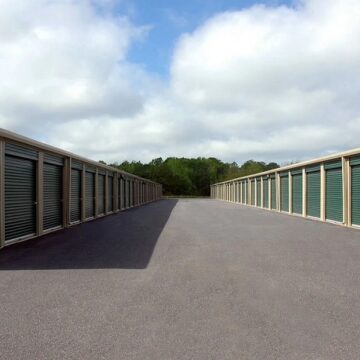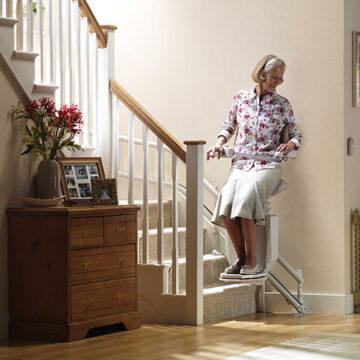If you are planning to create a backyard oasis in your backyard, you should follow certain principles when designing it. These principles include Sequence, Dominance, Repetition, and Balance. By following these principles, you will be able to create a design that you will love. Moreover, they will help you make the perfect backyard oasis.
Dominance
When considering a backyard design idea, consider whether the elements in the space have a dominant quality. While having details with different characteristics is OK, it is best to stick with one dominant feature. This feature may be more prominent, more colorful, or have a unique shape. For instance, you might want to create a fountain or a statue or have a single main feature, such as a tree or a bird bath. You may also want to check some ideas from this website for more diversity.
Repetition
Repetition is an effective way to create rhythm and balance in an outdoor space. It can be as simple as the regular spacing of trees or as complicated as sun/shade cycles. When done well, repetition gives a sense of movement throughout the space, giving the user a sense of structure and curiosity.
Repetition in backyard design ideas can also be subtle and understated. It is often used to introduce patterns and sequences but is not the only way to create a harmonious design. For instance, you can repeat the same form, color, or texture throughout your landscape. For example, a grass garden is a perfect example of a subtle repetition. You can also use repetition to create gradation by varying the size, height, and color of different plants.
Balance
In a backyard design, balance can be created through various means. You can make proper balance with symmetry or credit through the repetition of elements. You can create asymmetrical balance if you’d like a more natural, organic look. This style is generally less noticeable but can still be effective.
For example, you can arrange several shrubs or trees on opposite sides of the vertical axis. This way, the visual weight of the trees is evenly distributed on both sides. You can also use darker values near the bottom of the composition.
Diversity
Various plantings create a lively, exciting garden, even in a small backyard. In addition to creating an attractive cottage garden look, diverse plantings provide habitat for visiting wildlife and foraging opportunities. For a romantic, meadow-like feel, plant swaths of grasses. These plants are more beneficial to pollinators than traditional ornamental plantings, as they can provide food and shelter.
The principle of diversity is often expressed in polyculture, the practice of raising more than one plant or animal species at a time. This is a natural state of affairs, as plants and animals live together in beneficial relationships.
Formal and informal balance
When designing your garden, there are two basic types of balance: formal and informal. Traditional balance involves mirroring two sides of a garden with similar elements. In contrast, an informal balance combines different, often unmatched features. This balance takes more time to achieve but produces more organic results. Both types of credit can be beneficial, depending on your preferences and setting.
Formal balance is the easiest to visualize, but it may not be suitable for all homes. This type of balance makes elements on either side of an axis equal, and too much emphasis on one side will draw the eye away from the overall design. To create an informal balance, choose a central reference point, such as the front door or a large tree in the backyard.
Rhythm
Rhythm is a design principle that can guide your backyard design. It can prevent confusion when you’re working through your design goals. The code can be applied to various design elements and be used across an ample or small space. For example, you can create rhythm in your landscape by repeating the same pattern.
Rhythm creates a sense of movement and unity. Repeated elements unify your design and lead your eye through your garden. Empty spaces look small and uninteresting, while a garden with repeated plantings will create a sense of movement.
















